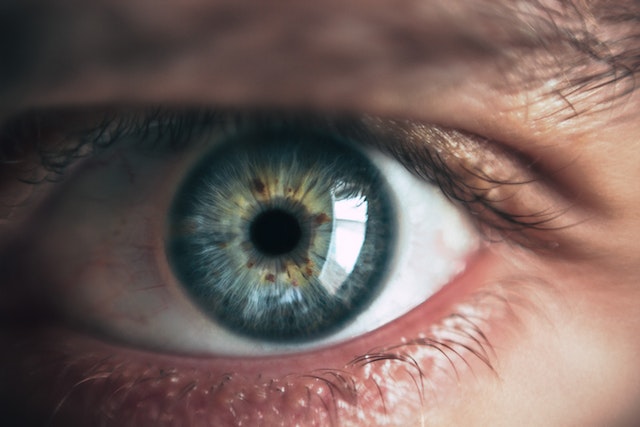The cornea is a fundamental part of your vision. It functions as a transparent, curvaceous layer that protects the eye from damaging agents. In this article, JLR Eye Hospital will inform you about the most common corneal diseases and how to prevent them.
What are diseases of the cornea?
According to its properties, the cornea of the eye is a transparent and dome-shaped structure. One of its vital functions is to provide a focus for vision and allows us to see clearly. Therefore, their conditions are often related to blurred vision, distortion, and even blindness.
What are the most common corneal diseases?
Corneal pathologies can vary in severity, so their treatments are also of different complexity. Among the most common are:
Allergies
Some allergies can have consequences on the health of the cornea. A recurring case is an allergy to pollen, which can irritate the eyes, leading to acute conjunctivitis. In this case, the eye may present inflammation, redness, itching or discharge of unusual fluid. Being caused by allergy, this type of conjunctivitis is not contagious.

Injuries
Corneal injuries, also known as corneal abrasions, occur when you experience a cut or scratch on your cornea. They usually do not hurt and get better on their own. However, a deep cut from some external or sharp object can aggravate the condition.
The symptoms that you may experience from a corneal injury are intense pain, tearing, blurred vision, a feeling of constant discomfort in the eye, redness, and some people feel a headache.
Corneal dystrophies
Corneal dystrophy is a progressive disease, that causes changes in the composition of the cornea and tends to worsen over time. They can be detected by the pain produced, the loss of vision of the eye or a blurred vision caused by an accumulation of matter in the cornea. Corneal dystrophy is hereditary.
Keratitis
Keratitis is a disease that consists of inflammation of the cornea and is commonly related to the use of contact lenses. Poor care of these can lead to infections caused by germs such as fungi, viruses, bacteria, or parasites. If it is not treated in time, it may require a cornea transplant, or in the most serious cases, cause blindness.
Dry eye syndrome
It is one of the most common conditions related to the cornea. It occurs when the glands responsible for the production of tears fail, so they create an insufficient amount of tears, dry up too quickly or do not fulfil their function as such.
Dry eye syndrome tends to occur in people over the age of 50, especially in women, when they have a low intake of vitamin A, and in patients with some autoimmune diseases.
Opacity or corneal leukoma
It is normally caused by a degenerative vision process, although it can also be the product of burns, trauma or infections. The opacity, or corneal leukoma, generates an effect of lack of transparency in the cornea. Given the function of the cornea as a lens against light, opacification subtracts this property of transparency, seriously affecting vision.
Keratoconus
Keratoconus is a disease that deforms the cornea outward, causing it to acquire a conical shape. Its symptoms usually appear between the end of adolescence and the beginning of youth, these being a greater sensitivity to light, distortion of vision and blurring.
This disease that affects the cornea begins to be visible in only one eye, although it gradually spreads to the other. Late treatment may worsen your condition, as the cornea becomes unusually thin. It can even cause progressive myopia or astigmatism.
How to prevent diseases of the cornea?
Only hereditary diseases, such as corneal dystrophy, cannot be prevented. However, the vast majority can be prevented with proper care in your daily activities or can be detected in time to give prompt treatment.
Wearing protective glasses if you have close or dangerous contact with your eyes is essential, especially when practising certain sports, making repairs or using chemicals. You should also keep your contact lenses in good condition, clean and disinfect them regularly.
When to go to the ophthalmologist?
It is important that when detecting any of the symptoms of any of these diseases you go immediately to an ophthalmological clinic. If there is a history of diseases that affect the cornea in your family, the ideal is to have evaluations at least once a year.
During a complete eye exam, the ophthalmologist can determine if there are conditions in the cornea. Remember that in their early stages, these diseases are controllable.


